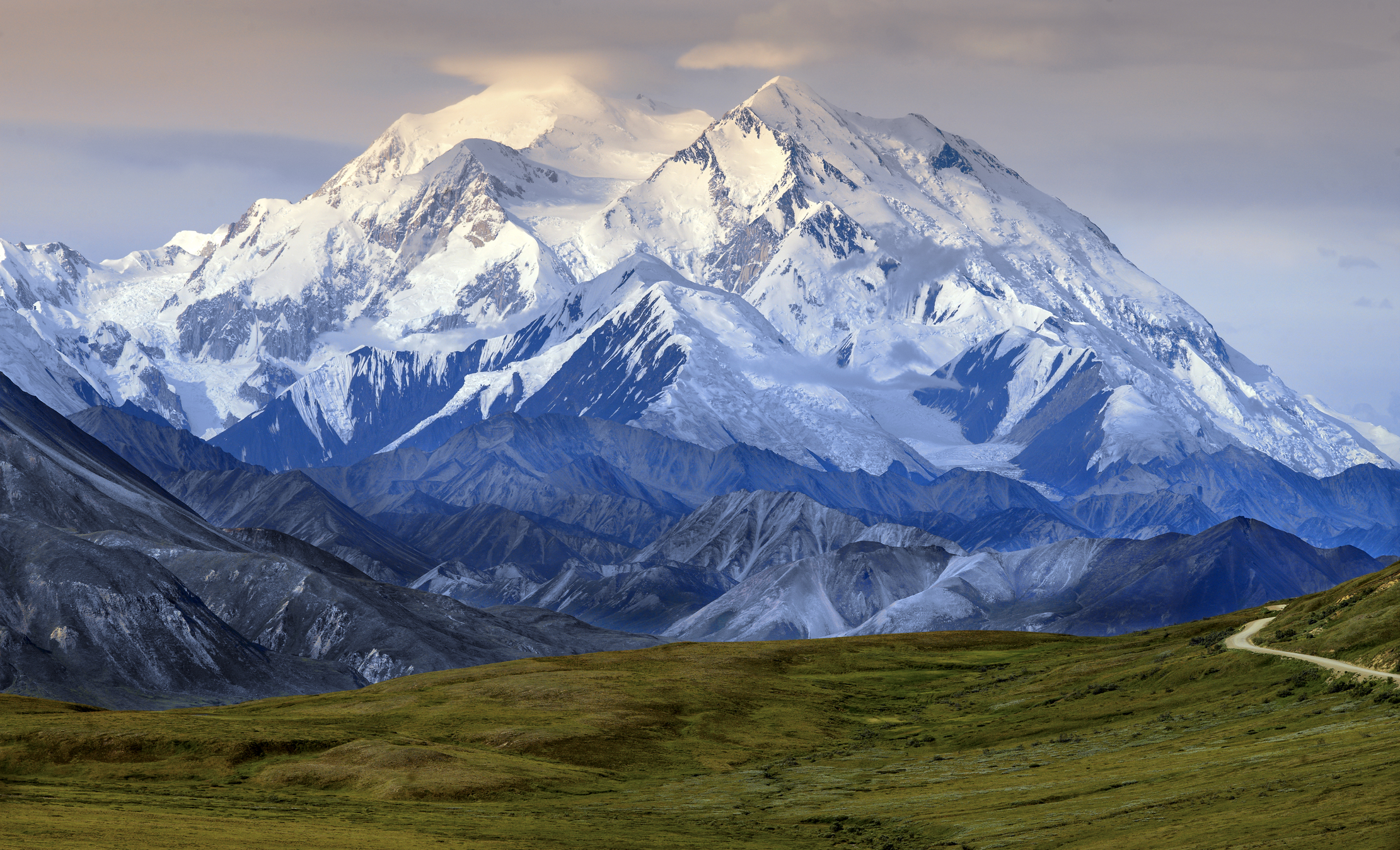WASHINGTON, D.C. — President Donald J. Trump signed an executive order on Monday directing the renaming of several iconic American landmarks, including reinstating “Mount McKinley” as the official name of North America’s highest peak and rechristening the Gulf of Mexico as the “Gulf of America.”
The order, titled Restoring Names That Honor American Greatness, emphasizes promoting the nation’s heritage by ensuring that federal naming conventions reflect the contributions of historical American figures and resources critical to the country’s development. The president described the changes as efforts to “celebrate the extraordinary legacy of our heroes and treasures.”
Restoration of Mount McKinley
President Trump’s order reverses a 2015 decision by the Obama administration that officially renamed Mount McKinley as Denali, a name rooted in the cultural heritage of Alaska Native communities. The mountain, standing at 20,310 feet and located within Denali National Park and Preserve, was named in 1917 to honor President William McKinley, who led the nation to victory in the Spanish-American War and championed economic policies that propelled American industrial growth.
“President McKinley’s name was unjustly removed from this natural wonder, and this administration is restoring his rightful place in history,” the executive order states, adding that McKinley’s leadership and sacrifice deserve recognition.
The order directs the Department of the Interior to update the federal Geographic Names Information System (GNIS) within 30 days to reflect the reinstatement of the name “Mount McKinley.” However, Denali National Park and Preserve will retain its name in acknowledgment of its significance to Alaska Native communities. The order also calls for collaboration with Alaska Native groups to honor local history through other naming efforts.
Renaming the Gulf of Mexico to the Gulf of America
The order further designates the body of water previously known as the Gulf of Mexico as the “Gulf of America,” citing its integral role in the nation’s economic history and continued importance to American industry and culture.
In justifying the decision, the order highlights the Gulf’s contributions to U.S. energy production, commercial fishing, maritime trade, and tourism. The region, which accounts for roughly 14% of the nation’s crude oil production and houses some of the largest ports in the country, is described as “a vital artery for America’s economic growth.”
“By renaming this remarkable body of water, we recognize its deep connection to the United States and its continued role in shaping our nation’s prosperity,” the order states.
The renaming applies to the U.S. Continental Shelf area bounded by Texas, Louisiana, Mississippi, Alabama, and Florida, extending to the seaward boundaries with Mexico and Cuba. The Department of the Interior has been tasked with implementing the changes within 30 days.
Appointments to the U.S. Board on Geographic Names
The executive order also addresses the composition of the U.S. Board on Geographic Names, the federal body responsible for naming geographical features. It directs federal agencies to review their appointees to the Board and consider replacements to align with the administration’s policy of honoring American historical figures.
Under the new policy, all applications for naming and renaming submitted to the Board will prioritize recognizing “visionary and patriotic Americans.” The Board is instructed to update its policies and procedures as necessary to ensure consistency with this directive.
National Heritage and Legacy
The renaming efforts are part of President Trump’s broader push to celebrate American heritage and counter perceived attempts to erase or diminish it. The order explicitly criticizes the Obama-era decision to rename Mount McKinley as Denali, describing it as “an affront to President McKinley’s life, achievements, and sacrifice.”
By reinstating historical names and promoting patriotic symbolism, the administration aims to reinforce a narrative of national pride and honor for influential figures and regions that have shaped the country.

